The Invisible Spaceman Who Inspires Elon Musk: Serhii Korolov & 5 Space Objects Named After Him
12th Jan 2024
Everybody knows Yurii Gagarin as the first human in space, but how many people know about the man who actually got him there? Serhii Pavlovich Korolov – a brilliant Ukrainian rocket engineer and spacecraft designer during the space race between the US and the Soviet Union in the 1950s-1960s. He’s regarded by many as the father of practical astronautics. The 12th of January marks the 117th anniversary of the birth of this legendary engineer, who is still one of Elon Musk’s main inspirations.
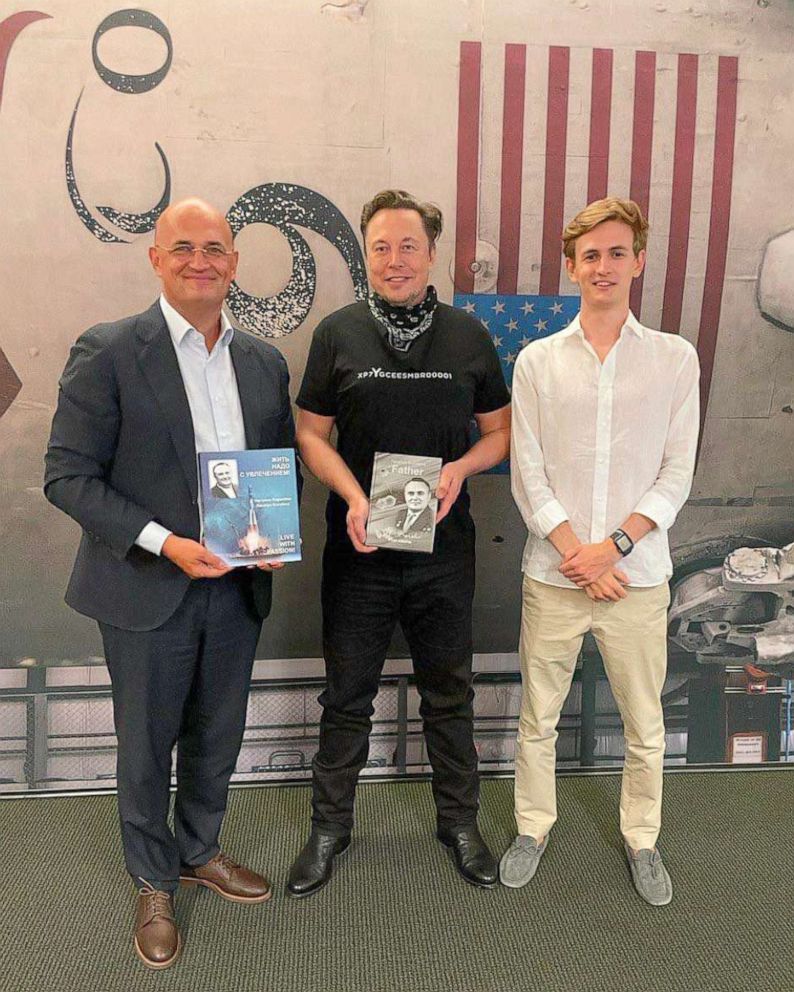
Serhii Korolov designed and built the rockets that launched the first artificial satellite into space, as well as the first animal, the first man, the first woman, and the first two-and-three-man crews. Nearly 60 years after his time, versions of those very same rockets are still being used. You’d think the man responsible for these achievements would be famous, synonymous with genius, with all kinds of spacecraft named after him. Yet Serhii Korolov spent his career working in near anonymity. His name was kept secret from the world until his death. Why did it happen? How did we engrave his name in space history? And who or what is a Korolov? We gathered some of the most interesting facts about Serhii Korolov.
Serhii Korolov: 5 Facts That Will Surprise You
Beyond crafting his first glider at 17 and graduating from Kyiv Polytechnic Institute in his native Ukraine, Korolov’s fascination with rocket propulsion began an extraordinary chapter of his life.
1. Incarceration in Siberia
This is one of the most tragic facts about Serhii Korolov. In 1932, while still in his mid-20s, Korolov was appointed the head of the Soviet Union’s Jet propulsion research group tasked with running the country’s rocket development program. Unfortunately, it didn’t save him from Stalin’s purges: in 1938, along with a half-dozen key scientists and engineers at his institute, he was anonymously denounced for sabotaging the work and was taken to prison, where he was tortured until he produced a confession. Korolov got off with a 10-year sentence and was sent to a labour camp in Siberia.
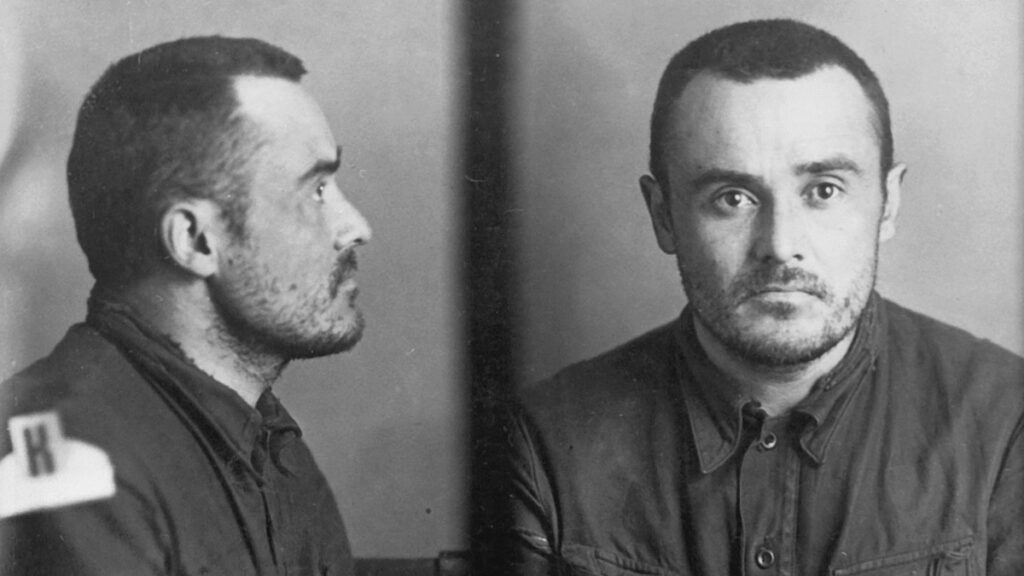
2. Secret “Chief Designer”
Upon his release near the end of World War II, Korolov resumed his duties, but to keep his identity and his work a secret, he was referred to in official communications only as “the Chief Designer”.
Like their American counterparts, the Soviets wanted to know everything they could about the vastly superior rocket technology developed by the Germans: the V-2 Rocket. Most German scientists had surrendered to the Americans, but the Soviets captured some of their rocket components and enlisted a few German scientists of their own. With their help, Korolov essentially reverse-engineered the V-2 and produced a vastly improved version of it. The result was the R-1, first launched in 1948. It had a range of 270 km, about 70 km farther than the V-2.
3. Unreceived Noble Prize
Another interesting fact is that Korolov’s name and identity remained a top secret in the USSR. The Kremlin receive an informal offer from the Nobel committee to nominate a chief designer for the World’s Greatest Prize. Soviet leader Nikita Khrushchev declined the offer.
4. The First Intercontinental Ballistic Missile
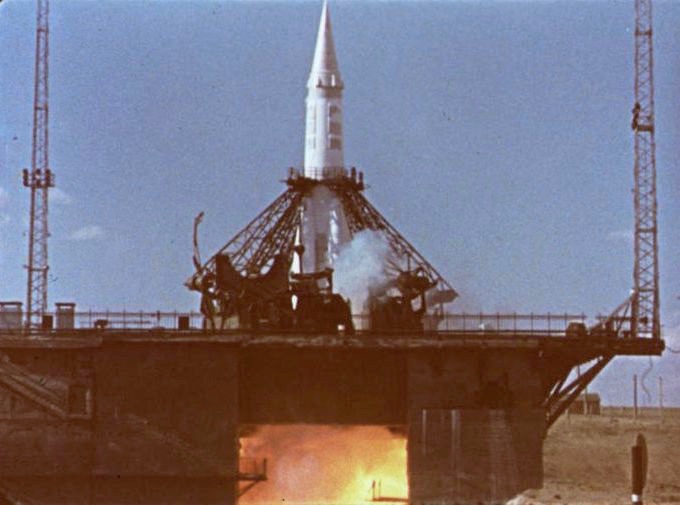
Korolov’s seventh generation rocket, R-7, would be a game changer as a weapon but more as an instrument of science. Designed to carry a 5400 kg warhead and more than 8000 km, the R-7 was the first intercontinental ballistic missile. And it looked unlike any rocket that had come before it – with long central core boosters surrounded by four detachable liquid rocket boosters. It’s a model often used today, but in 1957, it was a revolutionary concept.
On 4th October 1957, while still officially in the testing phase, an R-7 rocket named Sputnik launched a 57 cm satellite of the same name into low earth orbit. The fact is that thanks to Korolov’s invention, the space age had begun. In 1961, an adapted version of the R-7, known as Vostok, launched the first human – Yurii Gagarin into space.
5. His True Identity
Today, Serhii Korolov is often perceived globally as a Soviet or Russian scientist, but the man himself hailed from the Zhytomyr region and proudly identified himself as Ukrainian. Among his friends and colleagues, it was well-known that he cherished his Ukrainian heritage, considering himself a son of Ukraine. This sentiment was beautifully expressed when astronaut Oleksii Leonov ventured into outer space, serenading Korolov with his favourite Ukrainian song, “Watching the sky and thinking a thought.” The name Korolev is the russification of his native Korolov.
5 Space Phenomena Named in Honor of Serhii Korolov
In this part of interesting facts about Korolov, let’s explore what was named in his honor. All in all, variations of the R-7 have been launched into space more than 1700 times, and every time another one goes up there, we have Serhii Korolov to thank. These indelible contributions to space exploration are immortalized through various celestial wonders named in his honour.
The Korolev Crater on Mars
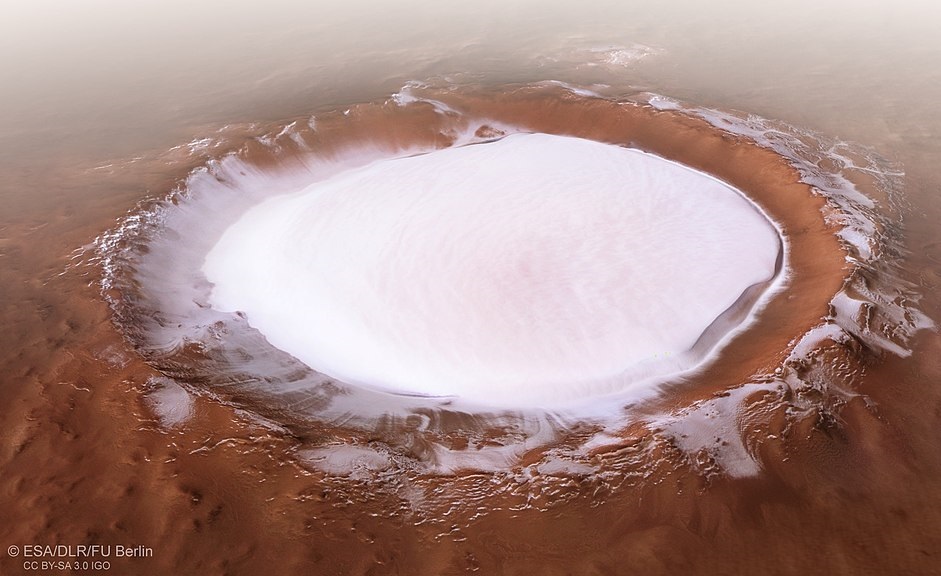
One of the most famous facts about Korolov is that the massive Korolev Crater on Mars was named after this genius scientist. With its vast dimensions and a bottom that nearly surrounds a glacier, this crater stands out in the otherwise uneventful Great Northern Plain of Mars. Unlike its lunar namesake, the Martian Korolev remains largely intact, boasting a diameter of 81.4 km and an outer wall that rises two kilometers above the surrounding plains. It is a colossal and remarkably well-preserved bowl on the Red Planet.
Lunar Korolev Crater
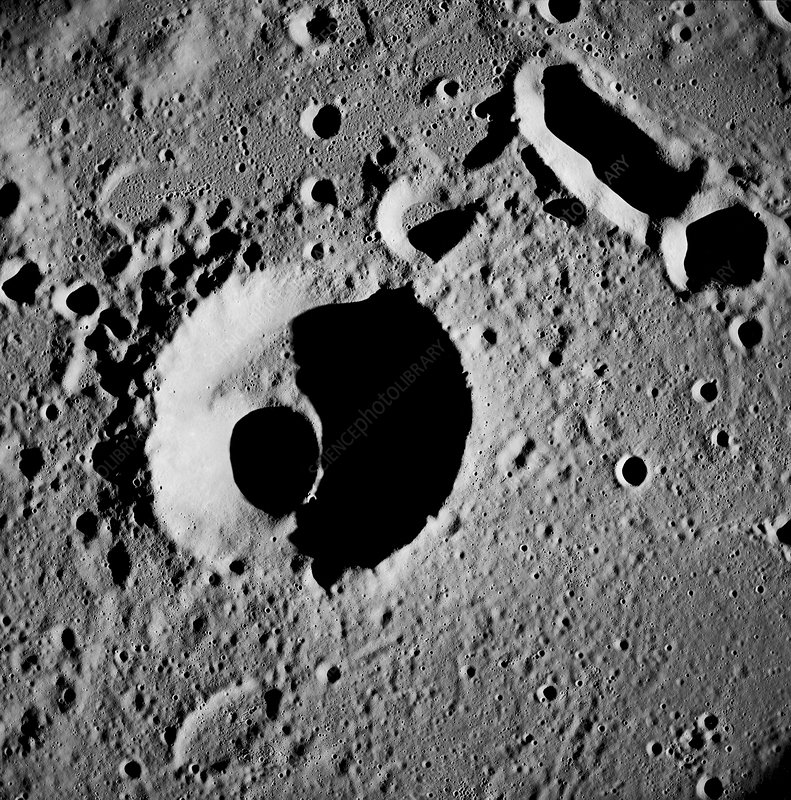
The Korolev L crater, located on the Moon, is a testament to the pioneering spirit of space exploration. Named after Serhii Korolov, this lunar crater is situated in the southern hemisphere of the Moon, near the lunar south pole, and is renowned for its unique and intriguing characteristics. Measuring approximately 31 kilometres in diameter, it also contains a smaller crater within it. What sets Korolev L apart is its remarkable permanent shadow, which shelters a portion of the crater floor from the Sun’s direct rays. This phenomenon has led to the accumulation of water ice within the crater, making it an area of significant interest for scientists and future lunar missions.
Asteroid “1855 Korolev”
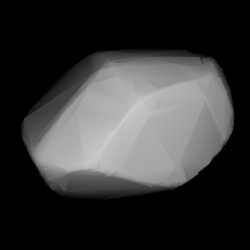
The asteroid 1855 Korolev, a stony Flora asteroid measuring roughly 7 kilometres in diameter, orbits within the inner regions of the asteroid belt, situated between the orbits of Mars and Jupiter. It is likely that 1855 Korolev originated from a larger parent body that fragmented over time.
The Korolev Cross
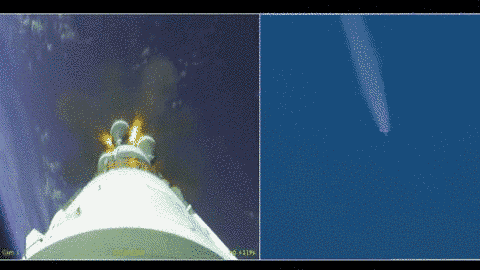
Another interesting fact about Serhii Korolov is about the Korolev Cross, which is a captivating visual phenomenon that occurs during the launch of an R-7 derived rocket. This stunning pattern can be observed from the ground when the rocket jettisons its side boosters. It is also named after Serhii Korolov. The Korolev Cross refers to a strap-on booster rocket separation manoeuvre, where four boosters are ejected simultaneously in four directions, 90 degrees apart, forming a cross.
Korolov Museum of Cosmonautics
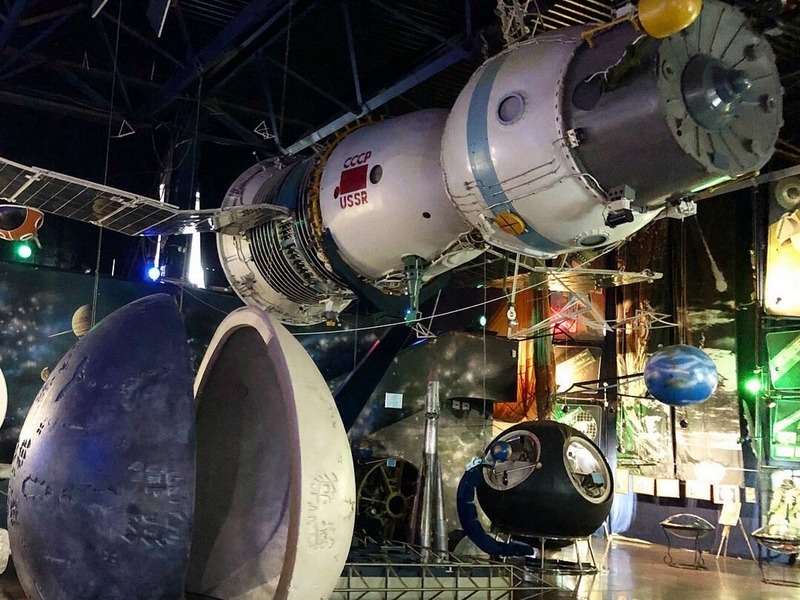
Tha last interesting fact about Korolov is a museum in Ukraine named after him. The Korolov Museum of Cosmonautics in Zhytomyr, Ukraine, is a technology museum named after and dedicated to Serhii Korolov. The museum has two buildings, including a space exhibition and the house where Korolov was born.
Established in 1991 within the house museum of Korolov, the Zhytomyr Museum of Cosmonautics preserves unique documents, photographs, and personal items of the esteemed scientist. Over the years, it has expanded its collection to include artefacts from the early nineties, showcasing the history of astronautics. Visitors can explore a diverse array of exhibits, ranging from containers for scientific instruments on geophysical rockets to lunar rovers, space suits, and liquid-propellant rocket engines. The museum also features displays of animals that ventured into space, Earth satellites, and mini-replicas of rockets associated with cosmonauts like Leonid Kadenyuk, German Titov, and Yuri Gagarin.
Notably, since the summer of 2018, the museum has boasted a robot assistant guide capable of dancing, performing exercises, and learning Ukrainian – a feature the establishment plans to leverage for a distinctive excursion experience.
Happy birthday, Serhii! On this significant day, we honour the enduring legacy of a rocket genius who launched humanity into space. Serhii Korolov, not only a brilliant scientist but also a resilient survivor of Stalin’s purges, stands as the unsung hero behind the Soviet Union’s triumphant ventures into space.






Thank you for your comment! It will be visible on the site after moderation.